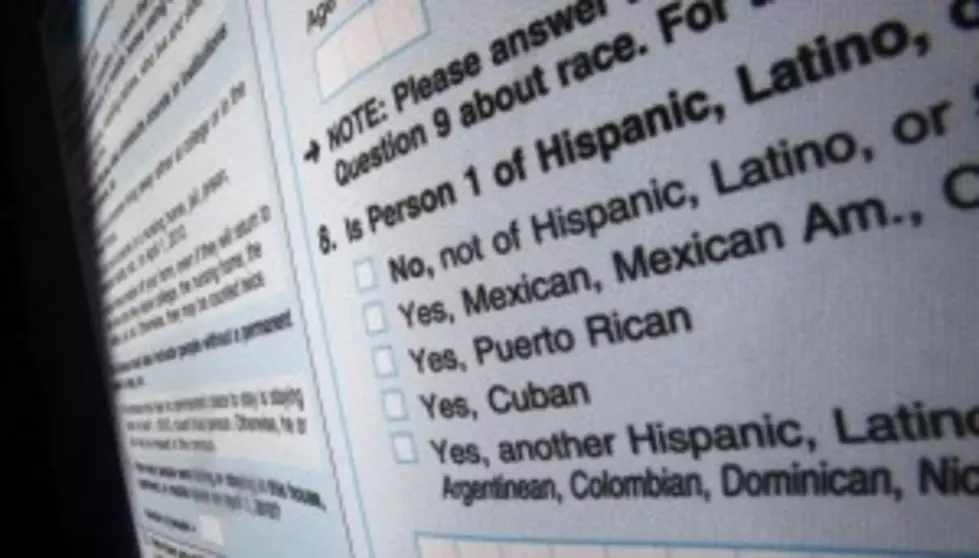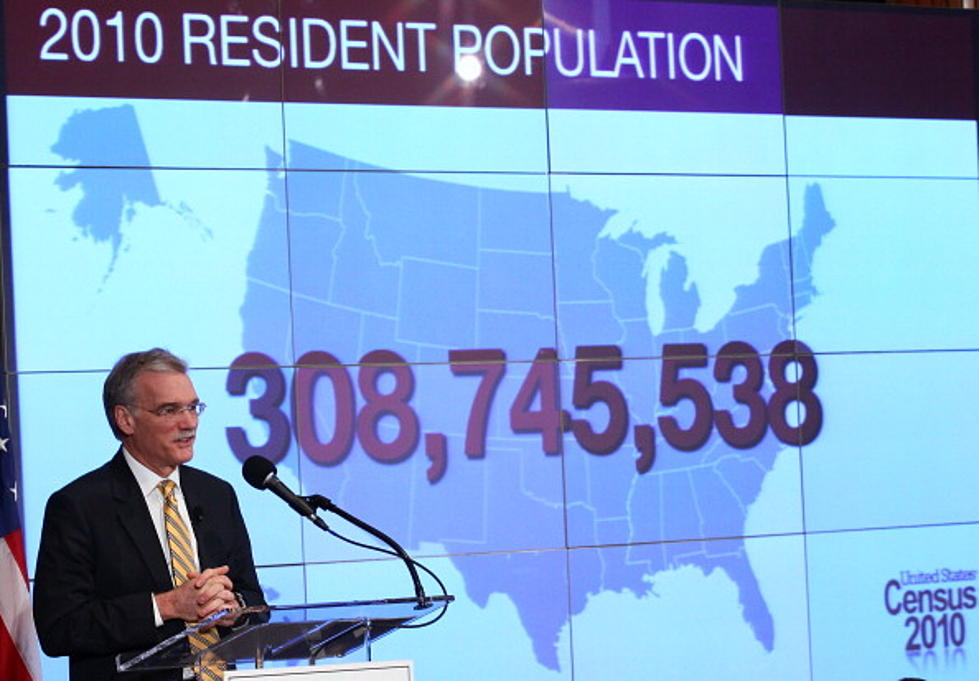
Census: Texas Population Over 25 Million. Hispanics Lead Growth
The 2010 Census offered proof that the old Texas mythology is now part of history, revealing a state that is increasingly urban and Latino.
Texas' largest cities grew larger and more diverse, as did many suburban counties, part of what Rice University sociologist Stephen Klineberg calls "this accelerating demographic revolution."
"The number of Anglos is falling more rapidly than one would expect, and the number of Latinos is rising more rapidly," Klineberg said.
The official Texas population is now 25.1 million. That's an increase of more than four million since the 2000 census, and Latinos are leading this growth. Latinos accounted for two-thirds of the state's population growth over the past decade and now make up 38 percent of the Texas population, up from 32 percent in 2000.
The Anglo population has dropped to 45.3 percent, down from 52.4 percent in 2000. The black population remains at 11.5 percent, unchanged from 10 years ago.
Almost all of the state's population growth is centered on four areas: Houston-Galveston; Dallas-Fort Worth; the Austin-San Antonio corridor; and the lower Rio Grande Valley.
Here's another look at the changing face of Texas in USA Today.
More From Newstalk 860









